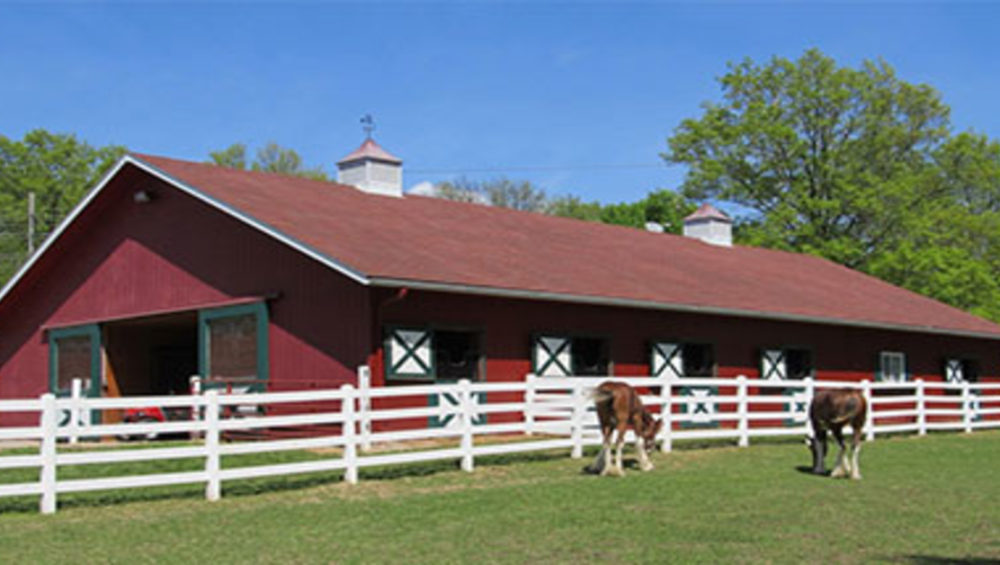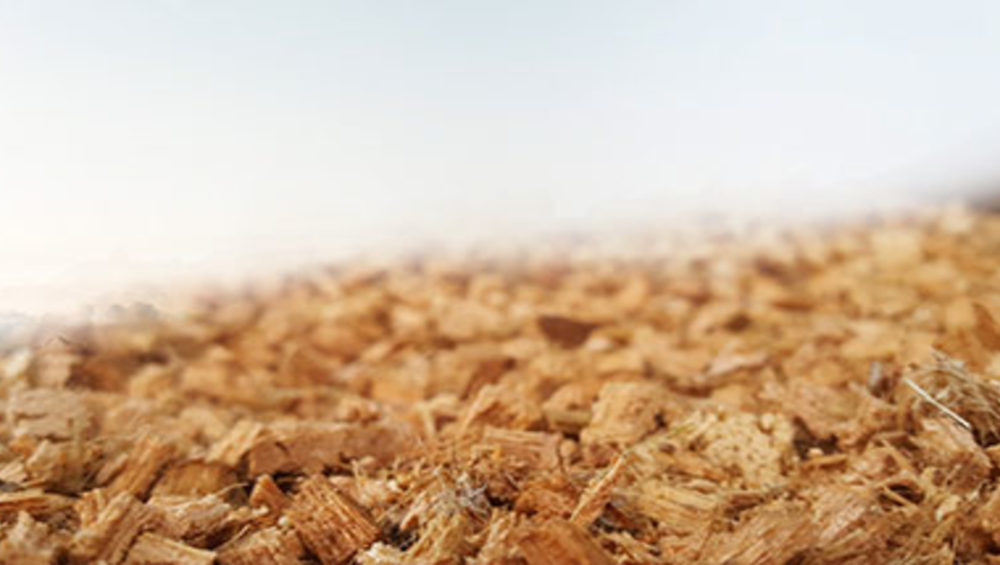Horses are the charming and a faithful companion, being along the human race imparting an immense love and care towards their partner. And it is also an apt investment done at once for the latter’s yield. The last thing you want to do is endanger their health or even their life without a prior knowledge in the aspect of bedding. So better be prepared than repent.
The word bedding is a consoling term that eases the seekers with peace and comfort, at the same time delivers a tacit boon for the owners. For horses, by default they don’t require a soft-sponge like bed but a sturdy, durable and hard to wear out. According to what so said, below are the critical criteria that are to be met, before making a bedding:
- Safer for horse
- Absorbent and Dust free
- Hoof supportive- Resilient
- Cushioning hocks and joints- Sturdy
- Hygienic
- Space and time feasible
- Easy available
- Biodegradable
- Economical
Safer for horses
If you are approaching a non-traditional product, be sure to check with your vet or other knowledgeable resource because some materials are extremely toxic to horses. As some kinds of chipping served as bedding are not recommendable, as they are toxic to horses when eaten, especially those used in landscaping (such as black locust, parts of oak trees, horse chestnut, etc.). Also, horses could be tempted to eat the molding green material in the chips, you should evaluate any health risk before choosing.
Absorbent and Dust free
You’ll want an absorbent bedding with low dust, mold and foreign object count. Also, the greater the bedding’s absorbency, the lower the ammonia level will be in your barn, and breathing ammonia can damage lung tissue in you and your horse.
The biggest threat comes from airborne dust and spores that can attack the horse’s respiratory system, ranging from mild inflammation and mucus production to chronic, career-ending Recurrent Airways Obstruction disease (RAO – sometimes still referred to as COPD or the ‘heaves’). That’s why the choice of a dust-free bedding and the proper management of the stable environment are critical for equine professionals and owners.
Hoof Supportive
Like its respiratory system, the horse’s hooves are evolved to cope with very different conditions than those found in most stables today. The best bedding must provide firm, resilient support under the hoof, particularly the fog and a moisture-controlled environment that will keep the hoof dry, but won’t dry it out.
Cushioning Hocks and Joints
In a modern stable with solid walls and a concrete floor, a good, deep, aerated bedding should provide a insulation between the horse and the floor, and a protective cushion that will help prevent the kind of common damage such as capped hocks that can so easily occur when a horse is lying down, getting up or rolling in the stable.
Hygienic
Essential stable hygiene is something traditionally dealt with by periodic disinfecting. If not, later at some point of time, bedding may turn into a host for bacteria and fungi that will quickly re-contaminate the stable, especially when wet, generating pathogens that can invade and infect the respiratory system, cuts and grazes on the legs, and cracks or splits in the hoof. So go up with the periodic check for bedding hygiene and the bedding that embraces anti-fungal, anti-allergen naturally.
Space and Time feasible
The compressed blocks mean it’s easy to store and transport and the storage of bedding will be a major issue for people with shorter on land space. Stacked in the racks of the storage room or bed spread in the stable, it’s required to be less space consuming and laying the bed along the stall using a paddock is much easier than thought.
Easy Available
Bedding availability throughout the year and their accessibility in your locality is the foremost necessary that you should take care of. Along with the transport or delivery and shipping feasibility are to be checked.
Biodegradable
The bedding has to be 100% organic, environmentally friendly and reduce the stable waste. If the stable waste were to compost, beddings make the major contribution to the compost piles. On an average, it may take 6 months or so for compost bedding to break-down into muck heap.
Economical
Cost is inevitably a factor in an owner’s choice of bedding, but values are the far more important measure of cost effectiveness. Being environmentally sustainable, easily available, it has to be affordable for all hobbyist and professional owners of the barn, on buying new one that are highly absorbent doesn’t need to use as much. Buying in bulk may save you some money, too.
On the whole, buying an ideal product in terms of superior quality and cost-effective with easy handling and maintenance and with little waste, saving you both time and money is a suggestion we render on part of our team.
Hoping you a thoughtful day, be safe and healthy.








